-
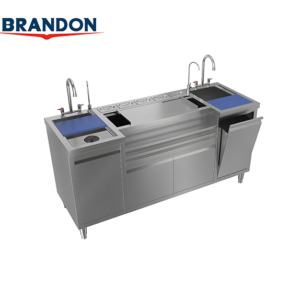
Bar Cabinet (1)
-
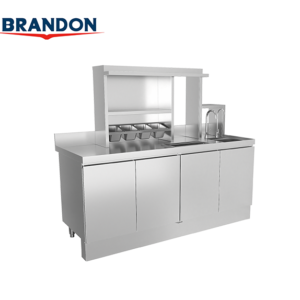
Beverage Station (2)
-
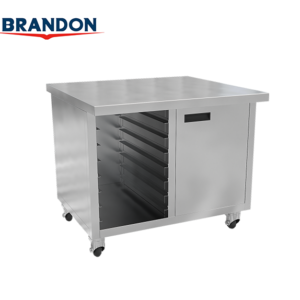
Combi-Steamer Stand (1)
-
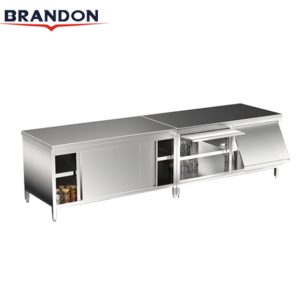
Convertible Storage Cabinet (1)
-
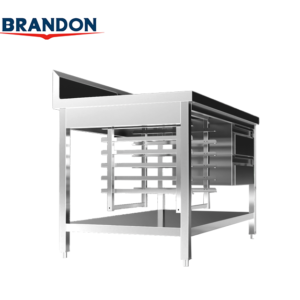
Convertible Work Table (1)
-
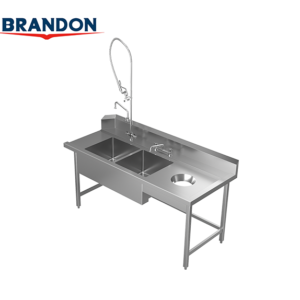
Dish Landing Table (2)
-
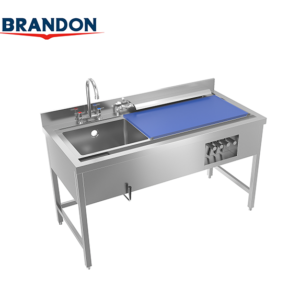
Fish Cleaning Table (1)
-
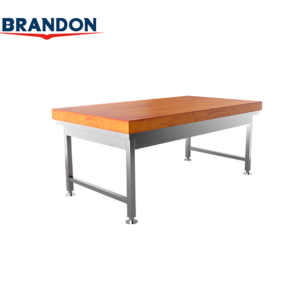
Kneading Table (1)
-
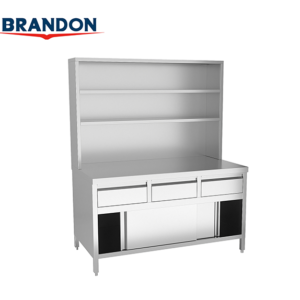
Other Items (3)
-
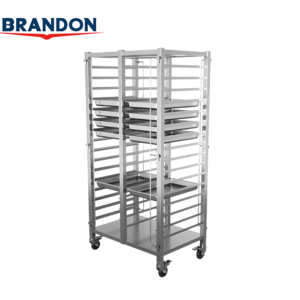
Sheet Pan Rack (1)
-
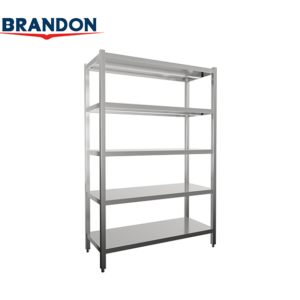
Tier Shelf (1)
-
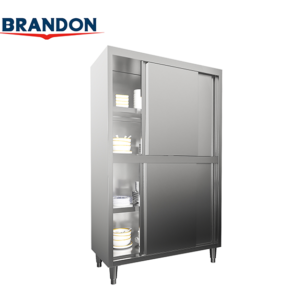
Upright Storage Cabinet (1)
-
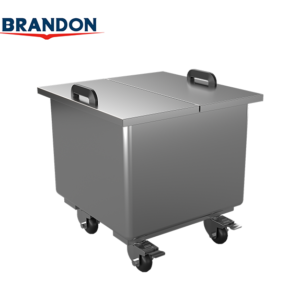
Various Carts (3)
-
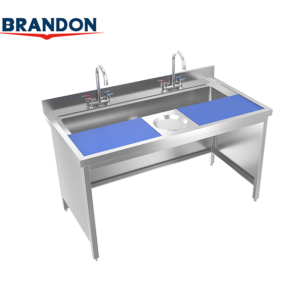
Vegetable Preparation Table (1)
-
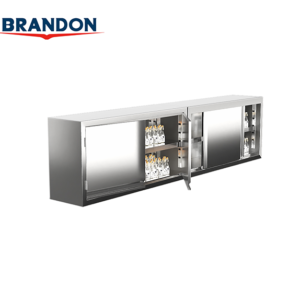
Wall Cabinet (1)
-
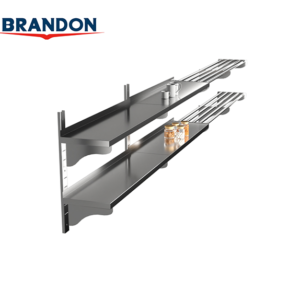
Wall Mounted Shelf (1)
-
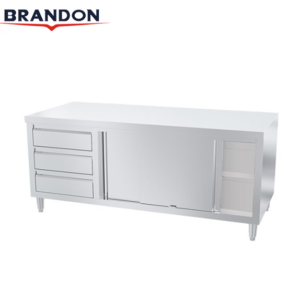
Hetai (6)
-
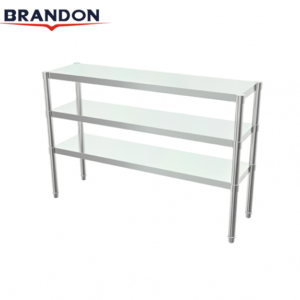
Iayer-Framework (6)
-
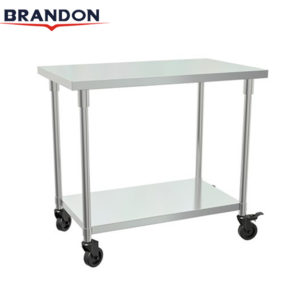
Staging (15)
-

Star-Basin-Platform (20)
-

Storage-Cabinet (2)
From the blog
Our latest posts
-

Vertical Bun Toasters for Burger Kitchens: Consistent Buns with Cooler, Safer Surfaces
When people talk about burgers, they usually talk about patties, sauces and toppings.But anyone who runs a kitchen knows a simple truth: If the bun isn’t right, the burger will never feel truly “professional”. These details are very hard to hit consistently with a pan or a random hot plate.That’s why serious burger operations rely
-

From Hand-Shaken to One-Touch Dispensing — Boba Tea Dispenser, the New Standard Configuration for Tea Shops
At Brandon, we design and manufacture Boba Tea Dispensers for bubble tea shops, hotpot restaurants and QSR chains. In this article, we’ll walk through how Boba Tea Dispensers can help standardize drinks and simplify front-of-house operations. The Hidden Costs Behind a Cup of Bubble Tea During peak hours, do you often see these scenes in
-

Isolate Power & Gas Before Servicing Commercial Gas Equipment
Isolating power and gas is the first, most important step before cleaning burners, opening a gas train, or touching any ignition components. Done right, it prevents unexpected ignition, fuel release, shock, and equipment damage. This post gives technicians a precise, repeatable procedure you can embed in your SOPs. What “Isolate Power/Gas” Means Why both? Many
